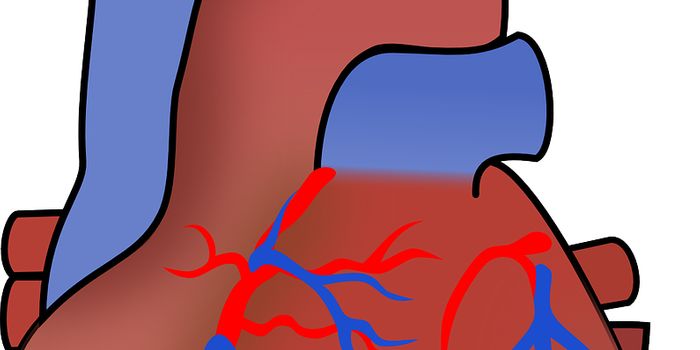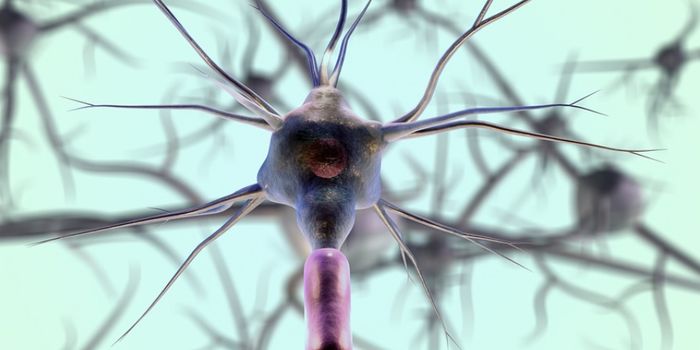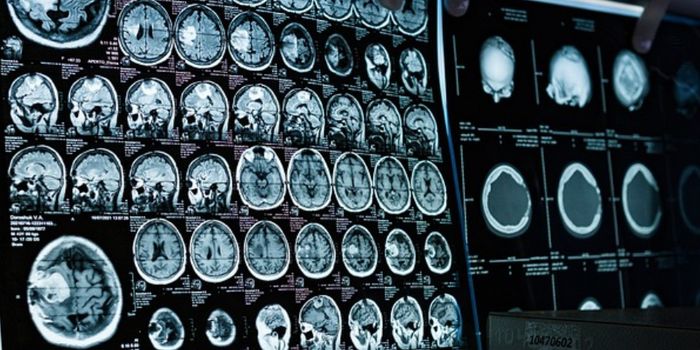Road crashes are a leading cause of death in the United States as well as around the world. In the US around 37,000 people a year are killed in car accidents, 1600 of them under the age of 15. Globally car wrecks will claim 1.3 million lives, half of those being drivers and passengers between the ages of 15-44 years old. Most of these deaths are preventable, with proper use of seatbelts, designated drivers and adherence to traffic regulations. What is puzzling is the amount of times a person who is arrested for drunk driving or speeding will repeat the same behavior that has already caused them injury and expense, not to mention legal trouble.
New research out of McGill University in Quebec could shed some light on why these high-risk drivers behave as they do and what could be done to prevent more accidents and injuries.
A team of psychiatry professors and other neuroscientists looked at neurobiology, personality and behavior information in a study of men aged 19-39. The study participants were divided into four groups: men who had two or more court convictions for drunk driving, men who’d received three or more speeding tickets or other moving traffic violations in a two year period, men who had a combination of both speeding offenses and drunk driving convictions and a baseline group of men who had clean driving records, with no violations.
The team collected the same information on each of the four groups of men and it included background information on any history of drug or alcohol abuse in their lives or in their families, their amount of inhibition or impulse control, any tendencies toward risk or thrill seeking behavior and how they calculated and evaluated risk in certain decisions they had to make. The team also tested subjects on how well they learned from past experience and whether or not they could go on to make better decisions after a mistake. Levels of the stress hormone cortisol were also tested both before and after they were given a difficult task during the study, and a driving simulator was even used to assess their ability behind the wheel.
Thomas G. Brown, an assistant professor of psychiatry at McGill and researcher at the Douglas Mental Health University Institute in Montreal and lead author on the study said in a press release, “Surprisingly, these drivers usually don’t consider themselves as risk takers. If drivers don’t believe they are risky, they will not accept the need to change. On the other hand, if we and they don’t understand their behavior, how can they be expected to change it effectively?”
The results of all the testing revealed that each group, the speeders, the drunk drivers, those who were both and those who had no bad driving history each had an identifiable and distinct profile regarding risk, impulsivity and emotions. In addressing ways that future bad driving and risky behavior could be avoided, the team suggested that if a person was naturally a risk taker and attracted to thrills, that need could be met in activities in a safer situation, so that the “need for speed” was not happening behind the wheel.
Drivers that had difficulty understanding how their actions affected others, such as a the group of drivers who were both speeders and drunk drivers, could be given techniques that focused on their own internal motivations for their actions, since external motivations like laws and criminal penalties did not seem to be effective. The video below describes the study and what preventative efforts might come from understanding risky behavior.
Sources:
McGill,
PLOSOne,
Association for Safe International Road Travel


















































